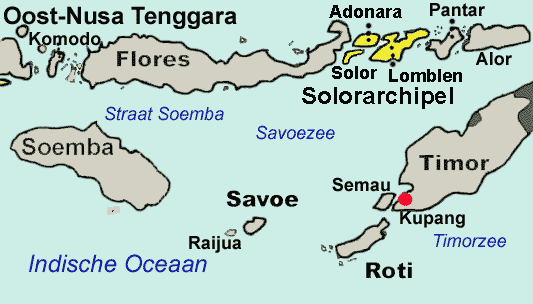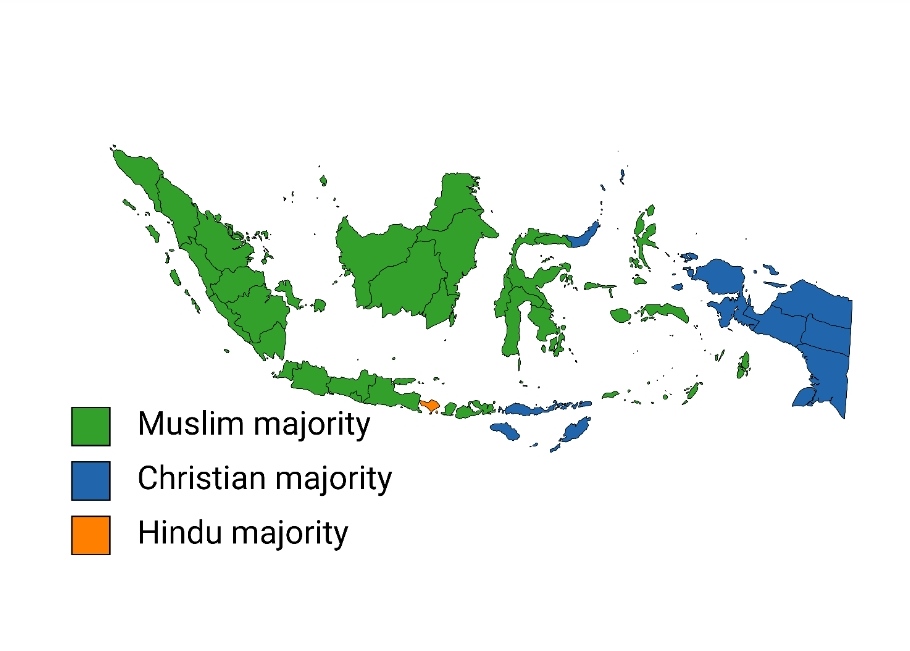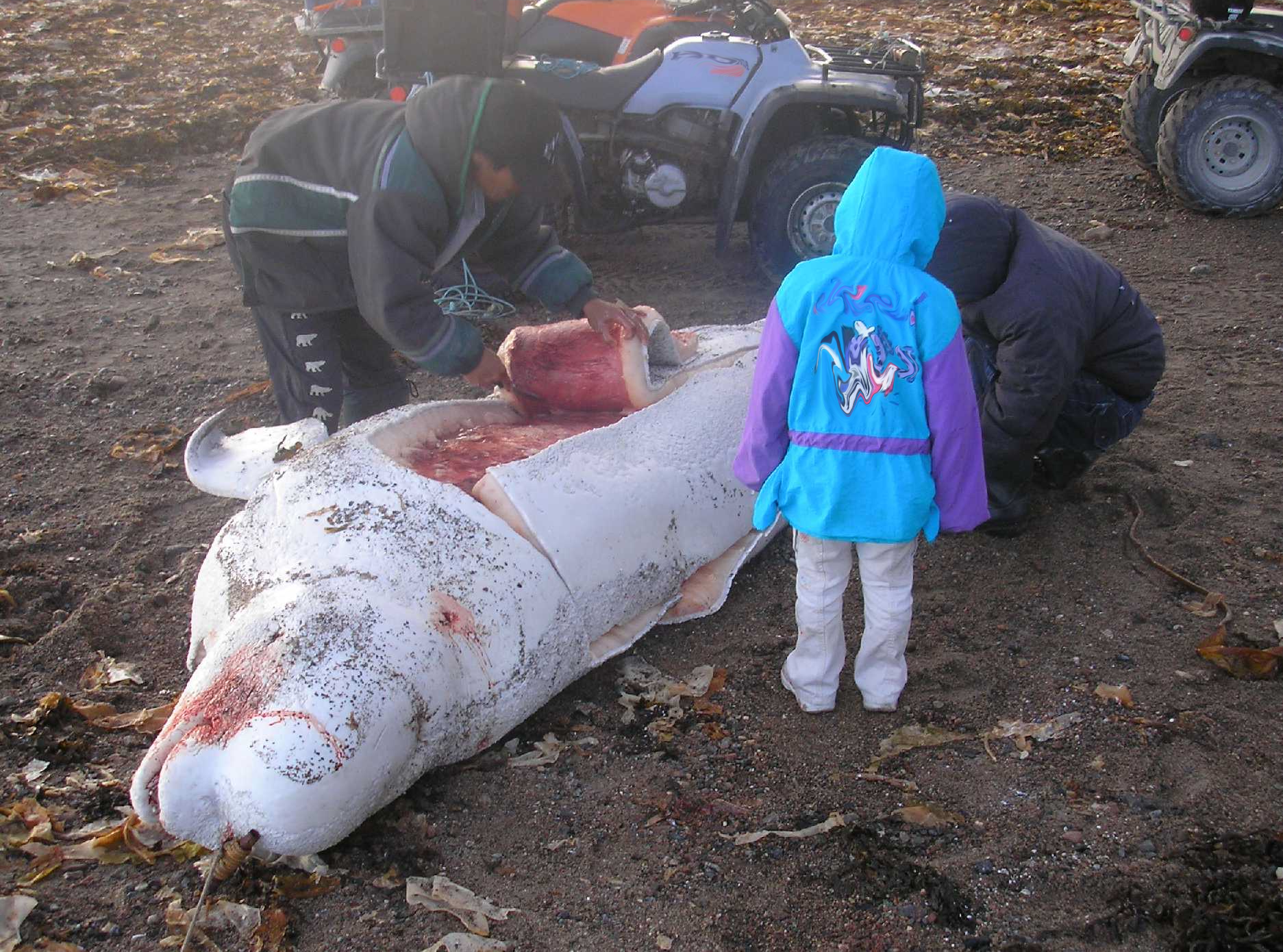|
Lamakera, Indonesia
Lamakera in 1904. Lamakera is a village in Indonesia, on the east tip of Solor Island. It was known for being the place where the most manta rays are killed. It was featured in the 2015 documentary film, ''Racing Extinction''. The villagers also hunted whales. History In 1520, the Portuguese established a trading post at Lamakera as a transit harbor between Maluku and Portuguese Malacca. Economy The village used to rely on marine resources because it had no farm. Lamakera was situated in a manta ray hotspot, and so was responsible for one-third of the global catch. Lamakera used to hunt baleen whales. Across the strait is the island of Lembata, where the village of Lamalera also hunts from the deep sea trenches of the Savu Sea, particularly known for its hunting of the sperm whale from small open boats. This is allowed under International Whaling Commission regulations around aboriginal whaling but conservationists worry that commercial whaling is also done. Lamalera and La ... [...More Info...] [...Related Items...] OR: [Wikipedia] [Google] [Baidu] |
International Whaling Commission
The International Whaling Commission (IWC) is a specialised regional fishery management organisation, established under the terms of the 1946 International Convention for the Regulation of Whaling (ICRW) to "provide for the proper conservation of whale stocks and thus make possible the orderly development of the whaling industry". As the decision-making body of the convention, the IWC reviews and revises measures laid down in the "Schedule to the Convention", which govern the conduct of whaling throughout the world. These measures include conferring complete protection of certain species; designate specific areas as whale sanctuaries; set limits on the numbers and size of whales which may be taken; prescribe open and closed seasons and areas for whaling; and prohibit the capture of suckling calves and female whales accompanied by calves. The Commission also mandates the compilation of catch reports and other statistical and biological records, and is actively involved in whale res ... [...More Info...] [...Related Items...] OR: [Wikipedia] [Google] [Baidu] |
Solor Archipelago
The Solor Archipelago () is a group of islands in the Lesser Sunda Islands, Indonesia, lying to the east of Flores and to the west of the Alor Strait and the Alor Archipelago. To the north is the west part of the Banda Sea, while to the south across the Savu Sea lies the island of Timor. The largest islands are, from west to east, Solor, Adonara, and Lembata (formerly known as Lomblen), although there are many small islands as well. Administratively, the islands of Solor and Adonara are included within the East Flores Regency, while Lembata (with smaller offshore islands) forms its own regency (''kabupaten''), the Lembata Regency. Both regencies lie within the province of East Nusa Tenggara. The islands are listed below with their areas and their populations at the 2010 Census and the 2020 Census, and according to the official estimates for mid 2021, together with the number of administrative districts (''kecamatan'') on each island. In addition to the national language of ... [...More Info...] [...Related Items...] OR: [Wikipedia] [Google] [Baidu] |
Populated Places In East Nusa Tenggara
Population typically refers to the number of people in a single area, whether it be a city or town, region, country, continent, or the world. Governments typically quantify the size of the resident population within their jurisdiction using a census, a process of collecting, analysing, compiling, and publishing data regarding a population. Perspectives of various disciplines Social sciences In sociology and population geography, population refers to a group of human beings with some predefined criterion in common, such as location, race, ethnicity, nationality, or religion. Demography is a social science which entails the statistical study of populations. Ecology In ecology, a population is a group of organisms of the same species who inhabit the same particular geographical area and are capable of interbreeding. The area of a sexual population is the area where inter-breeding is possible between any pair within the area and more probable than cross-breeding with ind ... [...More Info...] [...Related Items...] OR: [Wikipedia] [Google] [Baidu] |
Islam In Indonesia
Islam is the largest religion in Indonesia, with 86.7% of the Indonesian population identifying themselves as Muslim in a 2018 survey. Indonesia is the most populous Muslim-majority country, with approximately 231 million adherents. In terms of denomination, the overwhelming majority (98.8%) are Sunni Muslims, while 1-3 million (1%) are Shia, and are concentrated around Jakarta, and about 400,000 (0.2%) Ahmadi Muslims. In terms of schools of jurisprudence, based on demographic statistics, 99% of Indonesian Muslims mainly follow the Shafi'i school, although when asked, 56% does not adhere to any specific school. Trends of thought within Islam in Indonesia can be broadly categorized into two orientations: "modernism", which closely adheres to orthodox theology while embracing modern learning, and "traditionalism", which tends to follow the interpretations of local religious leaders and religious teachers at Islamic boarding schools ('' pesantren''). There is also a hist ... [...More Info...] [...Related Items...] OR: [Wikipedia] [Google] [Baidu] |
Whale Watching
Whale watching is the practice of observing whales and dolphins ( cetaceans) in their natural habitat. Whale watching is mostly a recreational activity (cf. birdwatching), but it can also serve scientific and/or educational purposes.Hoyt, E. 2009. Whale watching. In Encyclopedia of Marine Mammals, 2nd Edition (Perrin, W.F., B. Würsig and J.G.M. Thewissen, eds.) Academic Press, San Diego, CA., pp1219-1223. A study prepared for International Fund for Animal Welfare in 2009 estimated that 13 million people went whale watching globally in 2008. Whale watching generates $2.1 billion per annum in tourism revenue worldwide, employing around 13,000 workers.O’Connor, S., Campbell, R., Cortez, H., & Knowles, T., 2009, Whale Watching Worldwide: tourism numbers, expenditures and expanding economic benefits, a special report from the International Fund for Animal Welfare, Yarmouth MA, USA, prepared by Economists at Large. http://www.ifaw.org/whalewatchingworldwide The size and rapid grow ... [...More Info...] [...Related Items...] OR: [Wikipedia] [Google] [Baidu] |
CITES
CITES (shorter name for the Convention on International Trade in Endangered Species of Wild Fauna and Flora, also known as the Washington Convention) is a multilateral treaty to protect endangered plants and animals from the threats of international trade. It was drafted as a result of a resolution adopted in 1963 at a meeting of members of the International Union for Conservation of Nature (IUCN). The convention was opened for signature in 1973 and CITES entered into force on 1 July 1975. Its aim is to ensure that international trade (import/export) in specimens of animals and plants included under CITES, does not threaten the survival of the species in the wild. This is achieved via a system of permits and certificates. CITES affords varying degrees of protection to more than 38,000 species. , Secretary-General of CITES is Ivonne Higuero. Background CITES is one of the largest and oldest conservation and sustainable use agreements in existence. There are three working langu ... [...More Info...] [...Related Items...] OR: [Wikipedia] [Google] [Baidu] |
Manta Trust
The Manta Trust is a UK-based charity that was formed in 2011 to co-ordinate global research and conservation efforts for manta rays, their close relatives and their habitat. As charismatic megafauna, manta rays act as a flagship species, helping to promote and engage the general public in the wider message of marine ecosystem conservation. Through this top down approach to conservation the manta ray becomes the catalyst for change, engaging and motivating the general public, governments and local communities alike. A UK Registered Charity, the Trust brings together a number of projects from around the globe, both new and long-standing, including the Republic of Maldives, Sri Lanka, Mexico and Indonesia. By conducting long-term, robust studies into manta populations in these locations, the trust aims to build the solid foundations upon which Governments, NGOs and conservationists can make informed and effective decisions to ensure the long-term survival of these animals and their h ... [...More Info...] [...Related Items...] OR: [Wikipedia] [Google] [Baidu] |
Whale Conservation
Whale conservation refers to the conservation of whales. Conservation status Prior to the setting up of the IWC in 1946, unregulated whaling had depleted a number of whale populations to a significant extent, and several whales species were severely endangered. The International Union for Conservation of Nature (IUCN) notes that the Atlantic population of gray whales was made extinct around the turn of the eighteenth century. Examination of remains found in England and Sweden found evidence of a separate Atlantic population of gray whales existing up until 1675. Radiocarbon dating of subfossil remains has confirmed this, with whaling the possible cause. Whaling and other threats have led to at least five of the 13 great whales being listed as endangered. A past ban which was implemented around the 1960s has helped some of these species of whale to recover. According to IUCN's Cetacean Specialist Group (CSG), "Several populations of southern right whales, humpbacks in many areas ... [...More Info...] [...Related Items...] OR: [Wikipedia] [Google] [Baidu] |
Aboriginal Whaling
Indigenous whaling is the hunting of whales by indigenous peoples recognised by either IWC (International Whaling Commission) or the hunting is considered as part of indigenous activity by the country. It is permitted under international regulation, but in some countries remains a contentious issue. (The hunting of smaller cetaceans is covered at Dolphin drive hunting.) It is usually considered part of the subsistence economy. In some places whaling has been superseded by whale watching instead. This article deals with communities that continue to hunt; details about communities that have ended the practice may be found at History of whaling. International regulation Under the terms of the 1986 moratorium, the International Whaling Commission allows the activity to be carried out by aboriginal groups if it occurs on a subsistence basis, similar to subsistence fishing. This Aboriginal Subsistence Whaling is restricted to native peoples and others working on their behalf, as d ... [...More Info...] [...Related Items...] OR: [Wikipedia] [Google] [Baidu] |
Sperm Whaling
Sperm whaling is the hunting of the marine mammals for the oil, meat and bone that can be extracted from their bodies. Sperm whales, a large and deep-diving species, produce a waxy substance that was especially useful during the Industrial Revolution, and so they were targeted in 19th-century whaling, as exemplified in ''Moby Dick''. Sperm oil is no longer needed, but another unusual product, ambergris, is still valued as a perfume fixative. Although the animal is classified as a vulnerable species, aboriginal whaling in limited numbers is still permitted, notably from two villages in Indonesia, for subsistence. Economic motivation Sperm whales were hunted in the 19th century by American, British and other national whaling fleets. As with all the species targeted, the thick layer of fat (blubber) was flensed (removed from the carcass) and rendered, either on the whaling ship itself, or at a shore station. This was the whale oil, stored in casks for the long journey home. It w ... [...More Info...] [...Related Items...] OR: [Wikipedia] [Google] [Baidu] |
Indonesia
Indonesia, officially the Republic of Indonesia, is a country in Southeast Asia and Oceania between the Indian and Pacific oceans. It consists of over 17,000 islands, including Sumatra, Java, Sulawesi, and parts of Borneo and New Guinea. Indonesia is the world's largest archipelagic state and the 14th-largest country by area, at . With over 275 million people, Indonesia is the world's fourth-most populous country and the most populous Muslim-majority country. Java, the world's most populous island, is home to more than half of the country's population. Indonesia is a presidential republic with an elected legislature. It has 38 provinces, of which nine have special status. The country's capital, Jakarta, is the world's second-most populous urban area. Indonesia shares land borders with Papua New Guinea, East Timor, and the eastern part of Malaysia, as well as maritime borders with Singapore, Vietnam, Thailand, the Philippines, Australia, Palau, and India ... [...More Info...] [...Related Items...] OR: [Wikipedia] [Google] [Baidu] |






